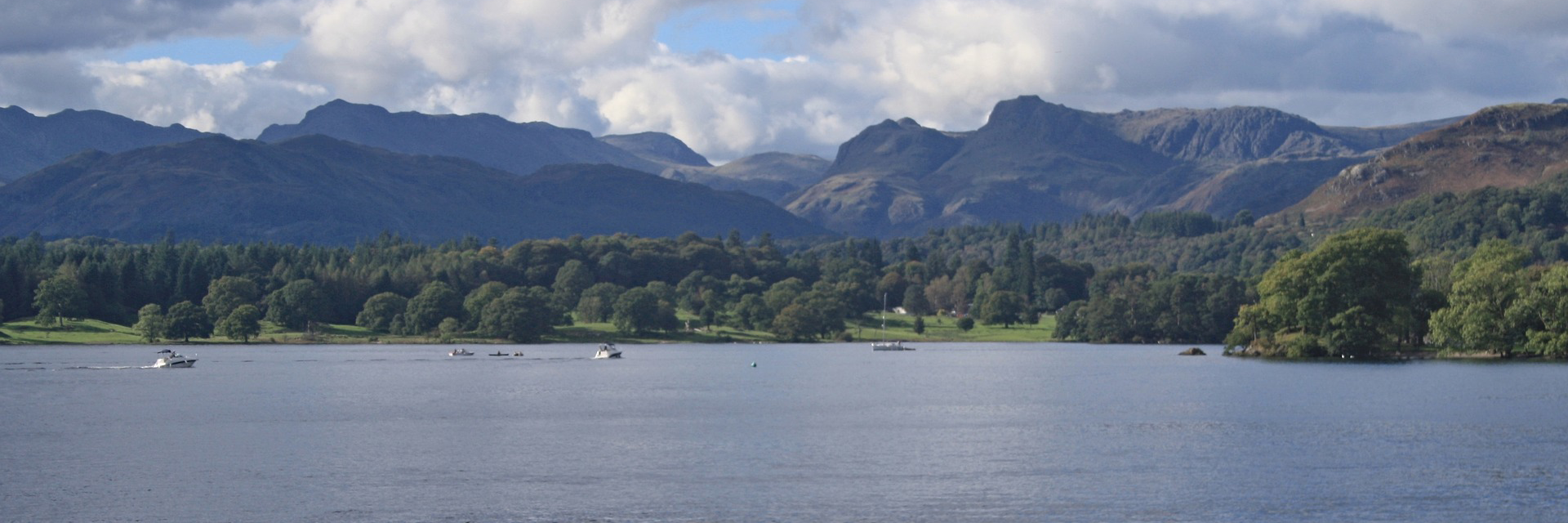With data going back to 1945 the Cumbrian Lakes Monitoring Platform, now part of the UK-SCAPE programme, provides one of the most comprehensive long-term records of lakes in the world. In this blog, freshwater ecology assistant Kelly Le Quesne provides an overview of a typical monitoring day in the Lakes.
Regular lake water monitoring takes place every two weeks, come rain, hail or shine. Unfortunately, our alarms can’t be snoozed as we have an earlier start on these days so that both field and lab components can be completed.
The day before heading out, it's essential to make sure we have all the necessary gear ranging from sample bottles, sampling nets, water meters, notebooks, lifejackets, and most importantly our high-fashion yellows (aka heavy-duty waterproofs). Once everything is accounted for, we pack up the vehicle ready to leave bright and early the next day.
The sampling sites determine which ‘research vessel’ you are graced by. You might be greeted by the mighty ‘John Lund’ on Windermere which has a small-covered cab, perfect for enjoying snacks and a cuppa as you motor to the sites. Or you may find yourself on a much smaller electric-motor boat on Esthwaite Water which doesn’t have the luxury of a covered cab. Better yet, you could manually row yourself to the sampling buoy on a small rowboat on Blelham Tarn.
On site, it's all-hands-on deck to take samples and measurements from each lake. These include temperature and dissolved oxygen profiles, water samples, integrated zooplankton samples, and measurements of the weather conditions at the time of sampling. But that’s not all, we still have lab work to do!
Upon our return to the lab, we don gloves and lab coats and begin processing the water samples. Some of the water is filtered for phosphorus, chlorophyll-a, and environmental DNA (eDNA) analyses. Some water samples are sent to the UKCEH chemistry lab for nutrient analyses. And some samples, like the zooplankton, are stored for processing another day.
Programmes like this help identify the different drivers of change within water bodies and the data is often the foundation of many decision-making processes. It makes getting up a little earlier to beat the Lakes District traffic much more worthwhile!
The Cumbrian Lakes monitoring platform, is part of the UK-SCAPE project. UKCEH collects samples every fortnight and records go back to 1945, when the Freshwater Biological Association, first began the programme.
Further details about the Windermere catchment can be found in The state of lakes in the Windermere catchment – a long-term view
Kelly Le Quesne, Freshwater Ecology Assistant
